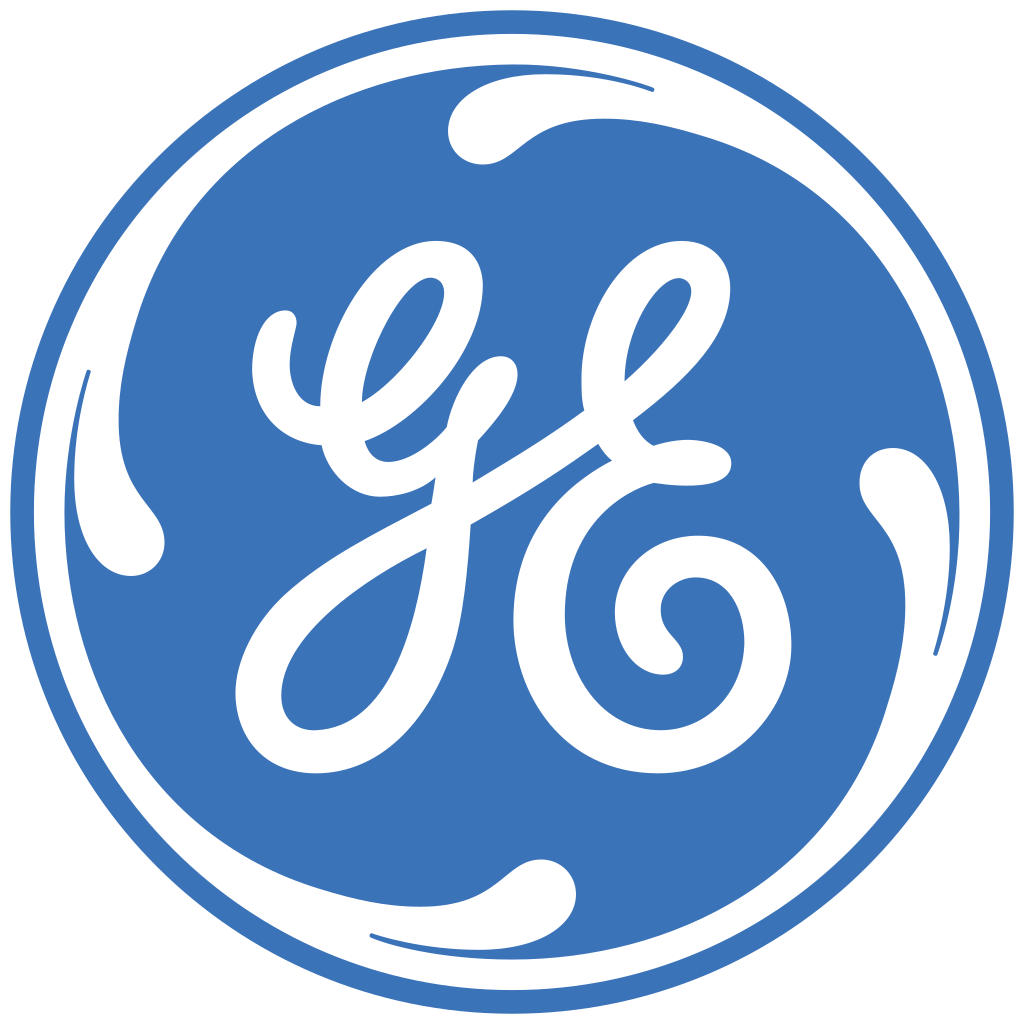This article is about how GE makes money. Firstly, we explain how the business model of GE has changed over last three decades. Then, we present our analysis on GE business and portfolio strategies. Then, we share the key business segments of GE and how the company generates revenue from each of those segments. Then, we share GE revenues by business segments for the year 2015. Finally, we share the revenues, the profits, and the profit margins of GE for 2015.
General Electric Company (GE) offers products and services ranging from aircraft engines, power generation and oil and gas production equipment to medical imaging, financing and industrial products. GE serve customers in approximately 180 countries and employ approximately 333,000 people worldwide.

Understanding GE Business Model
GE founded in year 1892 has been operating successfully for more than a century. It was one of the 12 founding companies listed on the Dow Jones Industrial Average in year 1896. After 120 years, GE is the only one of the founding companies still listed on the Dow index. Over the years GE has mastered the variable most needed for business success: continuous focus on business model transformation. GE business model has changed significantly over last three decades. GE is transforming it’s product centric, transactional business to become world’s largest digital industrial company. Following graphic shows the 3 phases of GE’s business model transformation and the initiatives GE is taking to become the world’s largest digital industrial company.
- Phase-1 “Build & Grow” (Year 1980-2000): GE business model till 2000 relied heavily on selling industrial products and repair services. GE also started offering financial services along with spare parts and repair services to increase no. of transactions per customer.
- Phase-2 “Breadth & Scope” (Year 2000-2010): During this phase GE focus was to build breadth in its offerings and improve the scope of its services.
- Offering Breadth: At one time (year 2004), GE had 11 business segments that included: Energy, Transportation, Healthcare, Consumer & Industrial, Commercial Finance, Consumer Finance, Advanced Materials, Equipment & Other Services, Infrastructure, Insurance and, NBC Universal.
- Scope of Services: During this time company moved away from reactive maintenance of products to total operational management of an asset. GE worked with its customers to sell contract service agreements over the life of the asset. This enabled GE to get repeatable and profitable business from targeted customers.
- Phase-3 “Narrow & Deep” (Year 2010 Onwards): In recent years, Industrial businesses have witnessed a new threat from disruptive data and analytical companies. These new age companies are playing on their understanding of Internet of Things. The Internet of Things refers to the networking of industrial products through the use of embedded sensors, that can collect or transmit information about the products. The data gathered from these connected devices can then be analyzed to optimize products, services, and operations. To overcome the threat of becoming a commodity business, GE has again started transforming itself to become a digital industrial business company. It is becoming narrow focused company that has deep understanding of selling product as an outcome.
- Narrow Focused: GE has recently restructured its portfolio and is getting out of non core businesses. From 11 operating segments in year 2004, GE has organised itself into eight core industrial areas and has aligned it’s financial services business to only finance GE industrial business. Company has announced to sell GE Capital assets valued at more than $100 billion. It recently acquired Alstom’s power and grid business to strengthen its core: Power, renewable energy and energy management business.
- Deep Focused: Insights gained by GE in the area of energy optimization through sensors deployed across the electricity grid to remotely monitor energy usage and adjust generation and distribution flows is helping it build its depth in Internet of Things. GE has invested heavily in building its digital capabilities. It has built its own cloud based software platform for the industrial internet, “Predix”. These unique capabilities of machine, analytics and operating system are helping GE offer asset optimization services and enabling it to transform into a digital industrial giant.

GE Business Segments
GE serves customers through following eight industrial and one capital business segments:
- Renewable Energy: This segment provides technology and services for the onshore & offshore wind power industry by providing wind turbine platforms and hardware and software to optimize wind resources. This segment also provides full range of solutions to hydropower, solar power plants, geothermal power plants and biomass power plants.
- Oil & Gas: Oil & Gas serves all segments of the oil and gas industry, from drilling, completion, production and oil field operations, to transportation via liquefied natural gas (LNG) and pipelines. In addition, Oil & Gas provides industrial power generation and compression solutions to the refining and petrochemicals segments. Oil & Gas also delivers pipeline integrity solutions and a wide range of sensing, inspection and monitoring technologies.
- Energy Management: GE Energy Management offers products such as circuit breakers, relays, arresters, switchgear, panel boards and repair for the commercial, data center, healthcare, mining, renewables, oil & gas, water and telecommunication markets. This segment offers complete grid solutions to power utilities worldwide.
- Aviation: Aviation segment designs and produces commercial and military aircraft engines, integrated digital components, electric power and mechanical aircraft systems.
- Healthcare: Healthcare segment offers Diagnostic imaging systems such as X-ray, digital mammography, computed tomography (CT), magnetic resonance (MR), surgical and interventional imaging and molecular imaging technologies. Clinical systems such as ultrasound, electrocardiography (ECG), bone densitometry, patient monitoring, incubators and infant warmers, respiratory care, and anesthesia management. Delivers products and services for medication discovery, biopharmaceutical manufacturing and cellular technologies and offers healthcare technology products including, Picture Archiving System (PACS), Radiology Information System (RIS), Cardiovascular Information System (CVIS), revenue cycle management and practice applications.
- Transportation: Transportation segment offers, freight and passenger locomotives, drive systems for off-highway vehicles, mining equipment, marine diesel engines and stationary power diesel engines and motors for land and offshore drilling rigs.
- Lighting: Offers light-emitting diode (LED), fluorescent, halogen and high-intensity discharge lighting systems. It also offers, refrigerators, freezers, electric and gas ranges, cooktops, dishwashers, clothes washers and dryers, microwave ovens, room air conditioners, residential water systems for filtration, softening and heating and hybrid water heaters.
- Power: Offers a wide spectrum of heavy-duty and aero derivative gas turbines, steam power systems including boilers, generators, steam turbines, and air quality control systems. Advanced nuclear reactor technologies solutions, including reactors, fuels and support services for boiling water reactor. Water treatment, waste water treatment and process system solutions and power services. Check more on cleanwater.com.au.
- Capital: Offers commercial lending and leasing services to industrials served by GE. Invests in long-lived, capital intensive energy projects and companies by providing structured equity, debt, leasing, partnership financing, project finance and broad-based commercial finance.

GE Revenues by Business Segment FY’15
In FY’15 (fiscal year ended December 31, 2015), GE generated $117.4 billion of total revenues. Of these total revenues, GE generated.
- $24.2 billion revenues, 20.7% of the total, from the Aviation business
- $20.7 billion revenues, 17.7% of the total from Power business
- $17.6 billion revenues, 15.0% of the total from Healthcare business
- $16.1 billion revenues, 13.7% of the total from Oil & Gas business
- $9.7 billion revenues, 8.2% of the total from Capital business
- $8.7 billion revenues, 7.4% of the total from Application & Lighting business
- $6.6 billion revenues, 5.6% of the total from Energy Management business
- $6.3 billion revenues, 5.3% of the total from Renewable Energy business
- $5.9 billion revenues, 5.1% of the total from Transportation business
- $1.5 billion revenues, 1.3% of the total from other business
GE Profits and Profit Margins FY’15
Of the $117.4 billion of GE total revenues in FY’15, $82.7 billion were the cost of goods & services sold. This resulted in $34.7 billion of gross profit and a gross margin of 29.6%. Company’s other operating costs were $17.8 billion. These include Selling, general & administrative expenses. This resulted in $16.9 billion of operating profit and an operating margin of 14.4%. After interest and other non-operating income and expenses and income taxes, GE had a net profit of $1.7 billion and a net margin of 1.4%.









